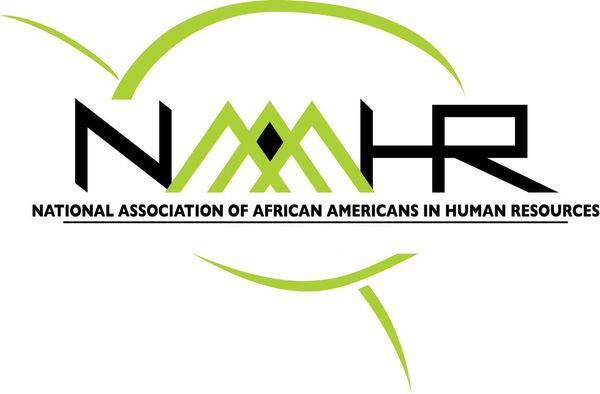Workplace Equality
Workplace equality, fairness and equal opportunities were once distant ideals rather than realities. Historically, discriminatory hiring and promotion practices were deeply embedded in many organizations, with little to no legal recourse available for marginalized groups. The evolution of anti-discrimination laws has played a crucial role in reshaping workplace policies, ensuring that employees receive fair treatment regardless of their race, gender, religion, or background. This shift has not only improved career prospects for historically excluded groups but has also strengthened workplace equality, workplace culture, employee morale, and organizational success.
The Landscape Before Legal Protections
Before comprehensive anti-discrimination laws were enacted, workplaces operated under unregulated hiring and employment practices that often excluded minorities, women, and other marginalized groups. Employment discrimination was widespread, with hiring managers freely making decisions based on personal biases rather than qualifications. Many companies implemented policies that systematically restricted access to better-paying jobs, leadership positions, and professional growth opportunities for certain groups.
Women were frequently confined to lower-paying, clerical, or support roles, and racial minorities faced immense barriers to entering skilled professions. Employees had little legal standing to challenge discriminatory treatment, and those who spoke out risked retaliation, job loss, and social ostracization.
The absence of federal oversight meant that fairness in employment was largely dependent on individual employer discretion. This created an environment where biases flourished, limiting economic mobility and deepening workplace inequalities.
The Civil Rights Act of 1964: A Turning Point
A pivotal moment in the fight against workplace discrimination came with the passage of the Civil Rights Act of 1964. This landmark legislation aimed to dismantle systemic inequalities by introducing legal protections that explicitly prohibited discrimination in various aspects of society, including employment.
Under Title VII of the Civil Rights Act, employers were barred from discriminating against employees and job applicants based on race, color, religion, sex, or national origin. This provision applied to hiring, firing, promotions, compensation, and other employment conditions. For the first time, businesses were held accountable for fostering inclusive work environments and providing equal opportunities for all individuals, regardless of background.
The Establishment of the Equal Employment Opportunity Commission (EEOC)
To enforce Title VII and ensure compliance, the federal government established the Equal Employment Opportunity Commission (EEOC). The EEOC was tasked with investigating discrimination complaints, mediating disputes, and bringing legal action against employers found in violation of anti-discrimination laws.
Since its creation, the EEOC has played a critical role in advancing workplace equality. The agency continues to oversee employment-related cases, providing resources and guidance to both employees and businesses on how to foster fair work environments. Over the years, the EEOC has expanded its protections to cover additional forms of discrimination, including age, disability, genetic information, and pregnancy status.
The Expansion of Equal Employment Opportunities
While Title VII laid the foundation for equal employment, additional laws have since been enacted to further promote workplace fairness. These laws have helped refine and expand protections, addressing specific discriminatory practices that continued to persist.
The Age Discrimination in Employment Act (ADEA) of 1967: Protects workers over the age of 40 from age-based discrimination.
The Pregnancy Discrimination Act of 1978: Ensures that pregnant employees receive fair treatment and cannot be forced out of their jobs due to pregnancy.
The Americans with Disabilities Act (ADA) of 1990: Requires employers to provide reasonable accommodations for employees with disabilities and prohibits discrimination based on disability status.
The Genetic Information Nondiscrimination Act (GINA) of 2008: Prevents employers from making hiring or employment decisions based on genetic information.
Each of these laws has contributed to a more comprehensive framework for protecting workers from discrimination and promoting inclusive hiring practices.
How HR Policies Have Transformed In Favor of Workplace Equality
The introduction and enforcement of anti-discrimination laws have led to significant changes in how organizations structure their Human Resources policies. Companies today are required to implement measures that ensure fairness in recruitment, promotions, and performance evaluations. Some of the most notable changes include:
1. Non-Discrimination Policies
Most companies now have strict non-discrimination policies in place, outlining clear expectations for fair treatment in hiring, promotions, and workplace interactions. These policies are often incorporated into employee handbooks, onboarding programs, and training sessions to reinforce compliance at all levels of the organization.
2. Standardized Hiring Practices
To prevent bias in hiring, many organizations have implemented structured interview processes, skill-based assessments, and blind resume screening. These approaches help ensure that candidates are evaluated based on their qualifications rather than personal characteristics.
3. Equal Pay and Promotion Opportunities
Companies are required to assess pay equity and promotion rates to ensure that employees performing similar work receive equal compensation, regardless of gender, race, or other factors. Employers that fail to uphold these standards can face legal consequences and damage to their reputations.
4. Training on Workplace Fairness
Many organizations provide regular training on workplace fairness, covering topics such as unconscious bias, harassment prevention, and fostering inclusive work environments. These training programs help employees and leaders understand their roles in maintaining a discrimination-free workplace.
5. Employee Grievance and Reporting Systems
HR departments now offer confidential channels for employees to report discrimination or harassment without fear of retaliation. These mechanisms ensure that complaints are properly investigated and that corrective actions are taken when necessary.
The Ongoing Journey Toward Workplace Equality
While significant progress has been made, challenges still remain in achieving true workplace equity. Some biases persist, whether overtly or subtly, requiring continued efforts to reinforce fair hiring and employment practices. Organizations must remain vigilant in their commitment to upholding equal employment opportunities, not only to comply with legal requirements but also to foster an environment where all employees can thrive.
HR professionals play a crucial role in driving these efforts, ensuring that workplace policies evolve alongside societal expectations and emerging workforce trends. By embracing fairness, transparency, and accountability, businesses can build stronger teams, enhance employee morale, and contribute to a more inclusive professional landscape.
The journey toward workplace equality is ongoing, but the strides made over the past several decades underscore the power of legal protections and strong HR policies in dismantling barriers and creating a more just work environment for all.



